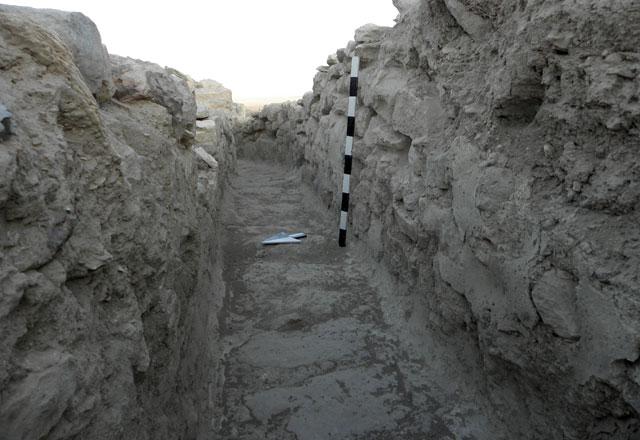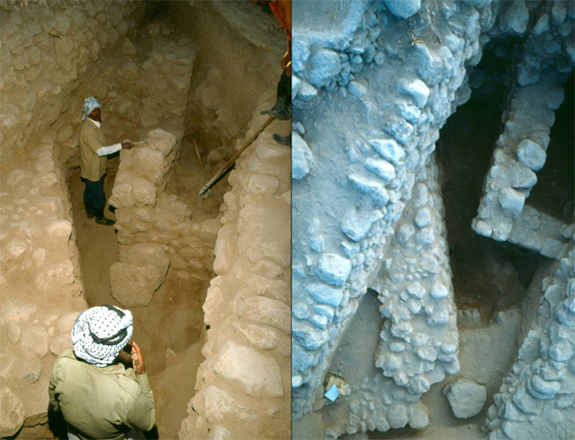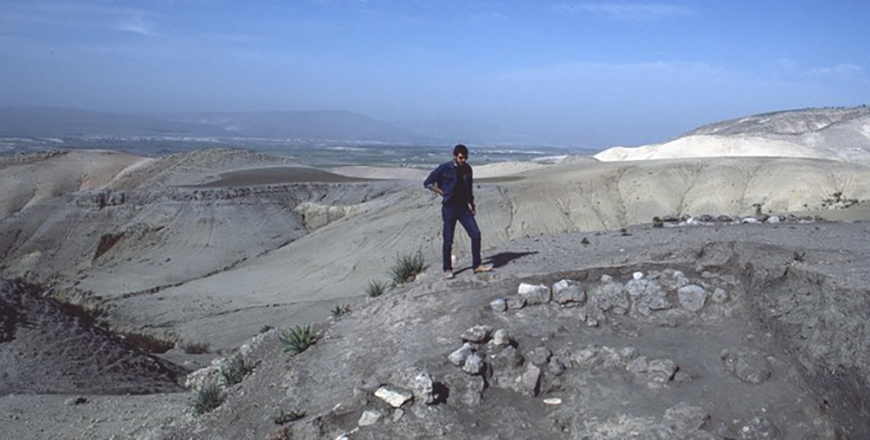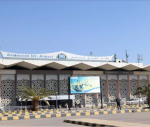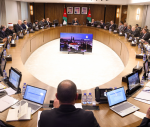You are here
American archaeologist explores Tell Jalul in central Jordan
By Saeb Rawashdeh - Dec 30,2017 - Last updated at Dec 30,2017
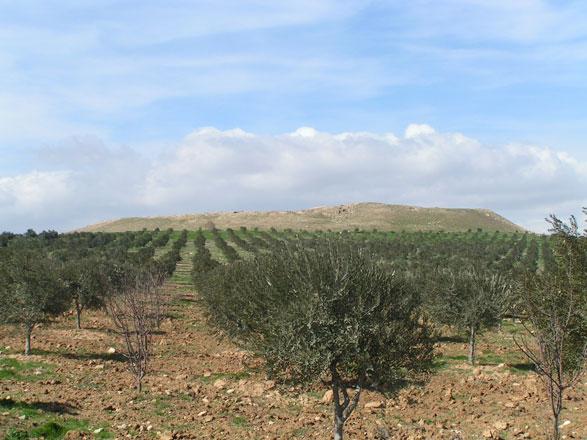
Tell Jalul, the site from Early Bronze Age near Madaba (Photo courtesy of Paul Ray)
AMMAN — Tell Jalul, located 5km east of Madaba, is the largest tell( hill or mound) that covers 7.2 hectares in central Jordan, said Paul Ray, who holds a PhD in Near Eastern archaeology and is a co-director of Jalul Excavation project.
The earliest period of occupation at the site was the Early Bronze Age (third millennium BC), he noted, adding that the evidence for settlement at this time consists of a room on the southeastern side of the tell.
"Ceramic evidence for the Early Bronze Age and the Middle and Late Bronze Age [most of the second millennium BC] has been found all over the site," Ray said.
Iron Age and Persian period (12th-5th centuries BC) structures have been found in most of the excavation areas (labelled Fields A-H, and W), the American scholar explained, noting that these structures have likely recycled the stone foundations from many of Bronze Age structures that existed before them.
Furthermore, evidence from animal bones and seeds indicate that the inhabitants of the site lived on a mixed agro-pastoral subsistence economy, based on the dry farming cultivation of grains, with cattle used as draft animals, and large amounts of products from sheep and goats supplemented occasionally by the hunting of wild species, and importing fish from distant salt-water ports, the archaeologist elaborated.
"There is also evidence of horticultural and vinicultural products probably transported from the hills beyond the Madaba Plains; spinning and weaving objects are evidence of cottage industries, and there appears to have been some minor long-distance trade, reflected by occasional imported ceramics [such as Late Bronze Age Mycenaean and Persian periods Attic wares]," underlined Ray.
The houses, as suggested from the domestic structures in Field C, would indicate a kin-based society, he continued, while the presence of uninscribed mercantile weights suggest a market-oriented economy and large structures such as the tripartite building, in Field A (on the north end of the tell), and the large water reservoir in Field W (on the southeastern end of the tell), suggest their construction under "royal auspices", reflecting a social organisation on at least a tribal kingdom, if not on a state level.
Excavations at Tell Jalul began in 1992, and much of this time "we have been excavating Field C, located immediately east of the acropolis, on the western side of the tell”, the scholar continued.
Unfortunately, "due to stone robbing, as indicated by a robber trench, it appeared that the western wall of the building had been removed in antiquity", the researcher stressed.
"In 1999, the majority of the original building was excavated down to bedrock where excavations concentrated throughout the next several seasons, resulting in the discovery of the northwestern part of a large Persian-period [6th-5th century BC] courtyard-style building," the scholar underlined.
"In 2011, work was resumed on the northern building, where during the intervening time part of the north balk[ strip of unexcavated earth left in place between excavated units, pits, or trenches] of one of the excavation squares had eroded, exposing several stones of what was plausibly part of the northern wall of this structure," he said.
What emerged in the excavation was, indeed, the northern wall of the building and its entrance, Ray highlighted, adding that "the big surprise was the blocked entrance of an even earlier building".
The earlier building was a large Iron Age I four-room type house, with walls thick enough to have supported a second floor, at least on the southern, broad-room end of the building, the archaeologist stated.
"Since it was located next to the acropolis, the usual place where administrative and religious structures would be expected to have been found, this building may have been inhabited by an elite family," Ray concluded.
Tell Jalul's population varied during different historical periods, so in the Iron Age it would have been considered a large town, Ray pointed out, adding that ancient population estimates cannot be made with confidence. However, settlement pattern studies indicate an intensification of smaller sites during the latter part of the Iron Age and Persian periods in this part of Transjordan.
The Hellenistic period was marked by the decline in the population of the site, but it changed during Roman period when the number of inhabitants increased, he claimed.
"The remains of a Byzantine period church and numerous Islamic period buildings, including a roadside inn have been found here, said Ray, "The evidence so far indicates that early Islamic period buildings [7th century AD] were reused later, with the heaviest use in the Mamluk period [14th century]."
In the Ottoman period (19th and early 20th centuries), the Beni Sakhar tribe and Al Zaben sub-tribe began to settle in the region around the tell, Ray said.
"Therefore, in general, on the basis of size and amount of activity, it would appear that the population may have increased in the Islamic period," he underlined.
Andrews University has cooperated for years with the Department of Antiquities and the American Centre of Oriental Research in this and other archeological research endeavours, he noted.
"In the future we plan to return to Tell Jalul and continue our research in a second phase of excavations at the site," the scholar said.
Related Articles
AMMAN — Located in the Madaba plain, Tell Jalul is one of the largest tells (mounds) in central Jordan which was occupied from the Early Bro
AMMAN — According to the researcher Larry Herr, the Iron Age II A represented the 10th century BC, the Iron Age II B period lasted between t
AMMAN — Material culture did not experience break between the Bronze and the Iron Age at Pella, a site in north-western Jordan.


